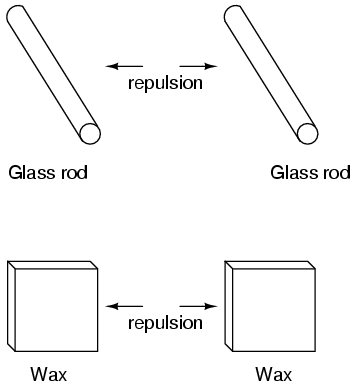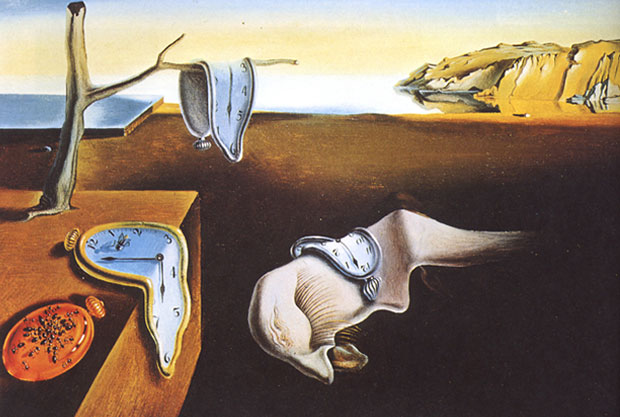https://www.allaboutcircuits.com
In this website it explains about all of the components and tools we use to make those components. It also gives lessons to beginners. The lessons are based on Electric Circuits like AC (Alternating Current), DC (Direct Current),
 Semiconductors,
Semiconductors,
 Digital,
Digital,

Reference,and Experiment.
This website is helpful to me because it has all the information for my topic. i’ll give an example it gives me for basic concept of electricity. (This website I have is the one that has the information I am using as an example)
https://www.allaboutcircuits.com/textbook/direct-current/chpt-1/static-electricity/
It was discovered centuries ago that certain types of materials would mysteriously attract one another after being rubbed together. For example: after rubbing a piece of silk against a piece of glass, the silk and glass would tend to stick together. Indeed, there was an attractive force that could be demonstrated even when the two materials were separated:

Glass and silk aren’t the only materials known to behave like this. Anyone who has ever brushed up against a latex balloon only to find that it tries to stick to them has experienced this same phenomenon. Paraffin wax and wool cloth are another pair of materials early experimenters recognized as manifesting attractive forces after being rubbed together:

This phenomenon became even more interesting when it was discovered that identical materials, after having been rubbed with their respective cloths, always repelled each other:

It was also noted that when a piece of glass rubbed with silk was exposed to a piece of wax rubbed with wool, the two materials would attract one another:

Furthermore, it was found that any material demonstrating properties of attraction or repulsion after being rubbed could be classed into one of two distinct categories: attracted to glass and repelled by wax, or repelled by glass and attracted to wax. It was either one or the other: there were no materials found that would be attracted to or repelled by both glass and wax, or that reacted to one without reacting to the other.
More attention was directed toward the pieces of cloth used to do the rubbing. It was discovered that after rubbing two pieces of glass with two pieces of silk cloth, not only did the glass pieces repel each other, but so did the cloths. The same phenomenon held for the pieces of wool used to rub the wax:

Now, this was really strange to witness. After all, none of these objects were visibly altered by the rubbing, yet they definitely behaved differently than before they were rubbed. Whatever change took place to make these materials attract or repel one another was invisible.
This was very helpful for providing the information I needed also there is a studying for electronics textbook in it https://www.allaboutcircuits.com/textbook/




